
September 13, 2023, Comment off
The new 20,000 kyat banknote and the course of the military council
Loyalvan
Banknotes from 1948 to 1952
In the early period after independence, from 1948 to 1952, banknotes which contain the images of peacock and lion such as 1 Kyat, 5 Kyats and 100 Kyats were produced. Since there was no Central Bank of Myanmar Act at that time, the currency management was handled by the Burma Monetary Authority . The banknotes were called Maung Kaung Money because they bear Maung Kung’s signature on behalf of the Burma Monetary Authority.
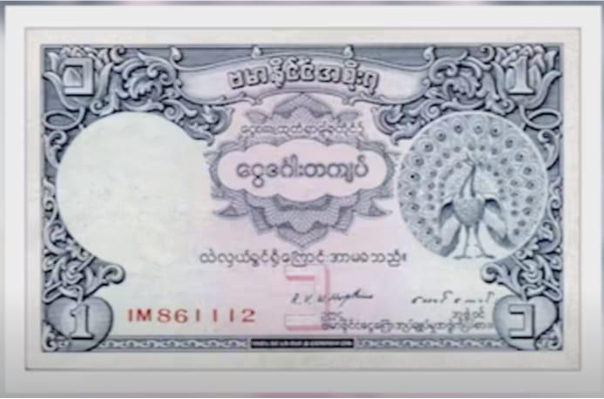
Banknotes after 1952
And then, in 1952, the Union of Myanmar Bank Act was signed into law by President U Ba Oo. In addition to first issued 1 kyat, 5-kyat, 10 kyat and 100-kyat notes on February 12, 1958, 20 kyats notes were produced. The production of kyat banknotes in 1958 having the image of General Aung San included a guarantee that they could be exchanged at the same value at every bank that issued the notes. And it can be seen that the currency value was high at that time by making it at the price of 200 kyat for 1 gram of gold. The issued kyat banknotes bearing the signature of San Lin, the Governor on behalf of the Central Bank of Myanmar are called San Lin money.
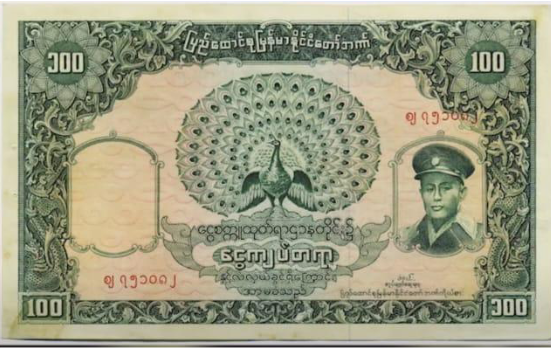
Declination of Myanmar’s Currency
During the Union Revolutionary Council led by U Nay Win, the Chairman of the Union Revolutionary Council, General U Nay Win, considered 100 Kyats and 50 Kyats to be used to decline the living standards of the working people in order to disrupt the economy of the capitalist class Union of Burma, and declared them to be defunct kyat notes from being official used banknotes, on May 17, 1964. After 7:00 p.m. of May 17, 1964, since the order is implemented, using these kyat notes (100-kyat and 50 kyat); describing it as his own or describing his/her own as other’s own one can be punished with imprisonment from 10 years to the death penalty from. Because of such irrational actions, the people of Myanmar faded from prosperity.
5000 Kyat Banknotes
U Than Shwe was the longest dictator ruler among those who ruled with U Nay Win’s authoritarian system. Before handing over power to U Thein Sein, U Than Shwe officially gained power on April 23, 1992, and served as chairman of State Peace and Development Council (SPDC) until March 30, 2010. The kyat banknotes issued during the reign of U Than Shwe include pictures of lions. Moreover, the currency values fluctuated from the original 1 dollar to 6 kyats to 1 dollar and became 800 kyats under U Than Shwe’s reign. Before U Than Shwe left power on October 1, 2009, he issued new 5,000-kyat banknotes, and some analysts say that this production is because the government’s budget deficit is rising.
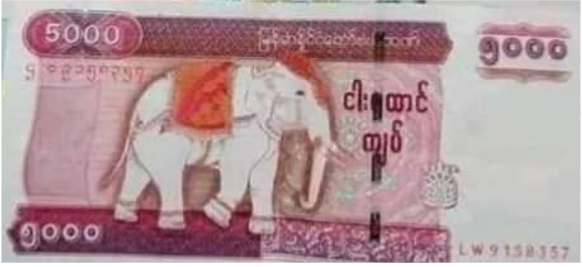
10,000 Kyat Banknotes
On June 15, 2012, 10,000-kyat banknotes were issued under U Thein Sein’s government.
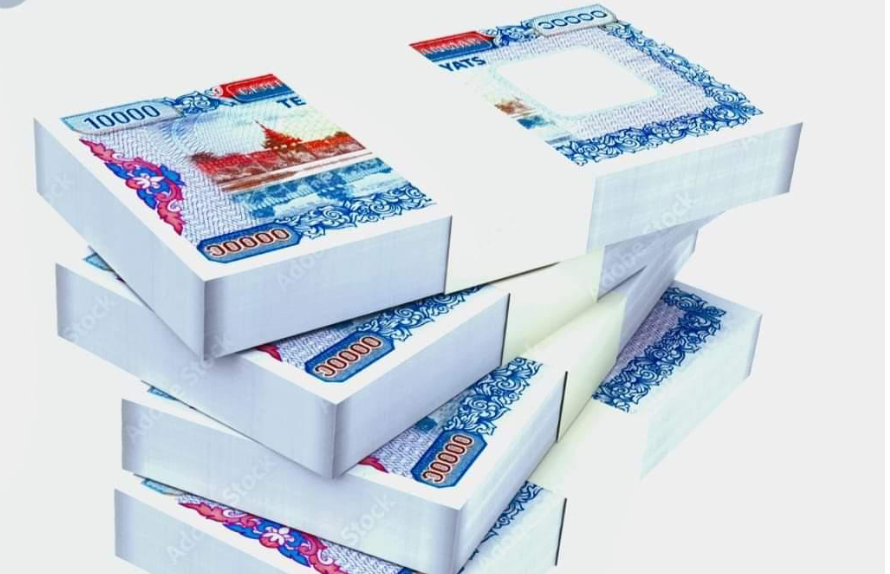
Kyat Banknotes with the image of General Aung San
Kyat banknotes bearing the image of General Aung San were released on January 4, 2020 to commemorate Myanmar Independence Day. It was a banknote that had increased in value by more than 1,000 kyats because there were many people who wanted to keep it as a souvenir. The proposal to replace and print General Aung San’s image in the original existing kyat banknotes could be implemented in 2020 which was submitted in 2016.
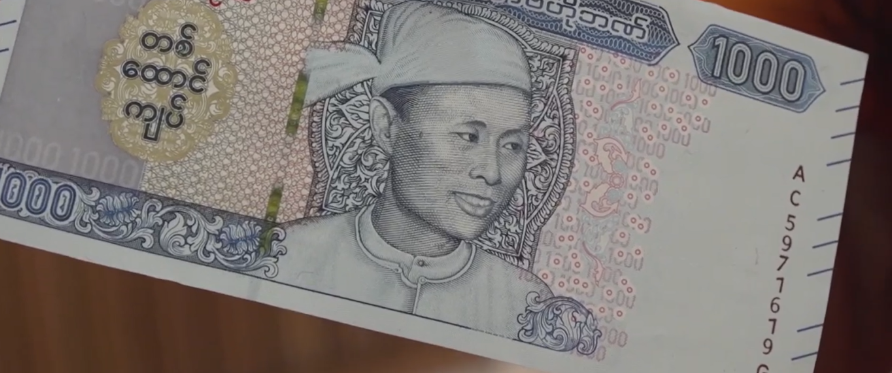
20,000-kyat banknotes
After the 2021 military coup, the military junta officially confirmed on state television that 20,000-kyat banknotes will start printing from the end of July 2023. After the news was spread officially, the foreign currency exchange rates increased significantly.
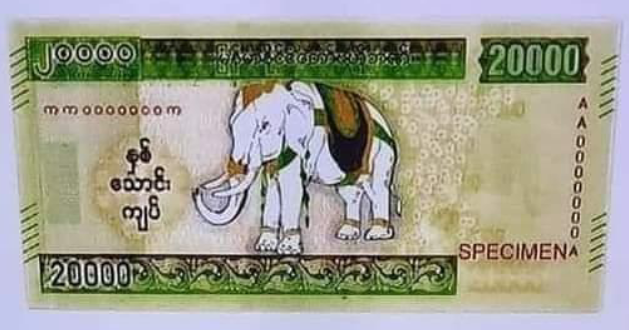
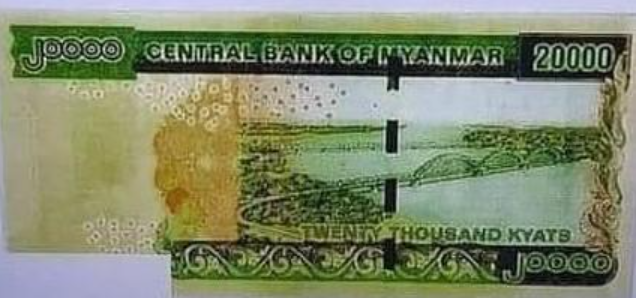
Banking and financial expert, Salai Banker analyzed, “Their (the military coup) implementations on currency are totally unacceptable to those who oppose the tyranny of the military junta. There is no doubt that there will be more harm than good for us, everything will go up in price.”
A Myanmar taxation and financial expert said, “Money production is controlled by the central bank. It is produced by looking at the country’s GDP. In developed countries, they produce 2 percent; 3 percent in developing countries. We all know that the military junta says GDP will increase, but in reality, it is not at all. Actually they (the military coup) should be looking at the country’s product import and currency circulation, if not, inflation tends to occur. It is declining instead of increasing currency value. Thus, it was very difficult to calculate what percentage will be produced since the GDP cannot be known.” He also added that the 20,000-kyat banknote will cause the country’s currency to become inflated, and the civilians will face a more difficult situation.
Salai Banker continued to consider that it was conjurer (based on Budish belief-Yantayar) of the military junta, because of the presence of a white elephant, and the parallel of Sagaing Bridge and the Irrawaddy Bridge on the 20,000-kyat banknote.

